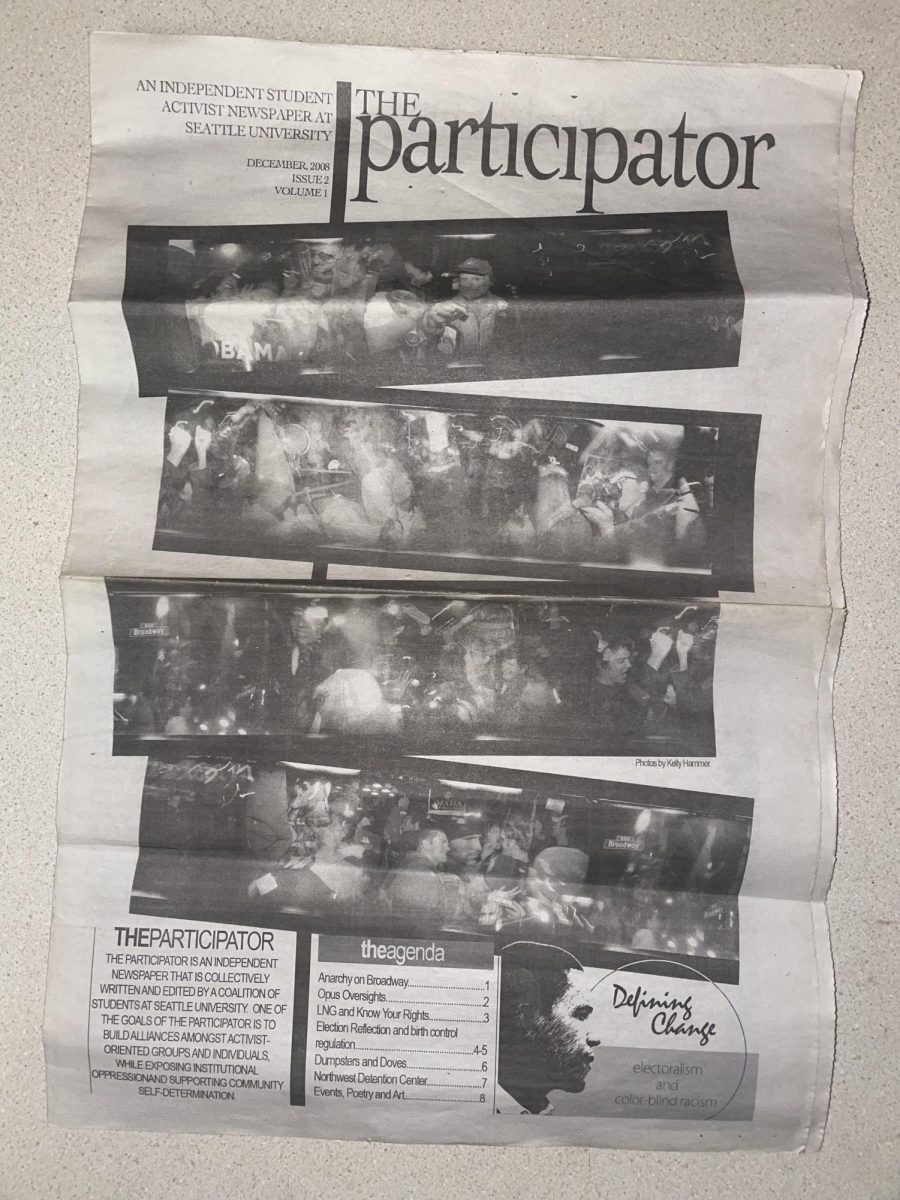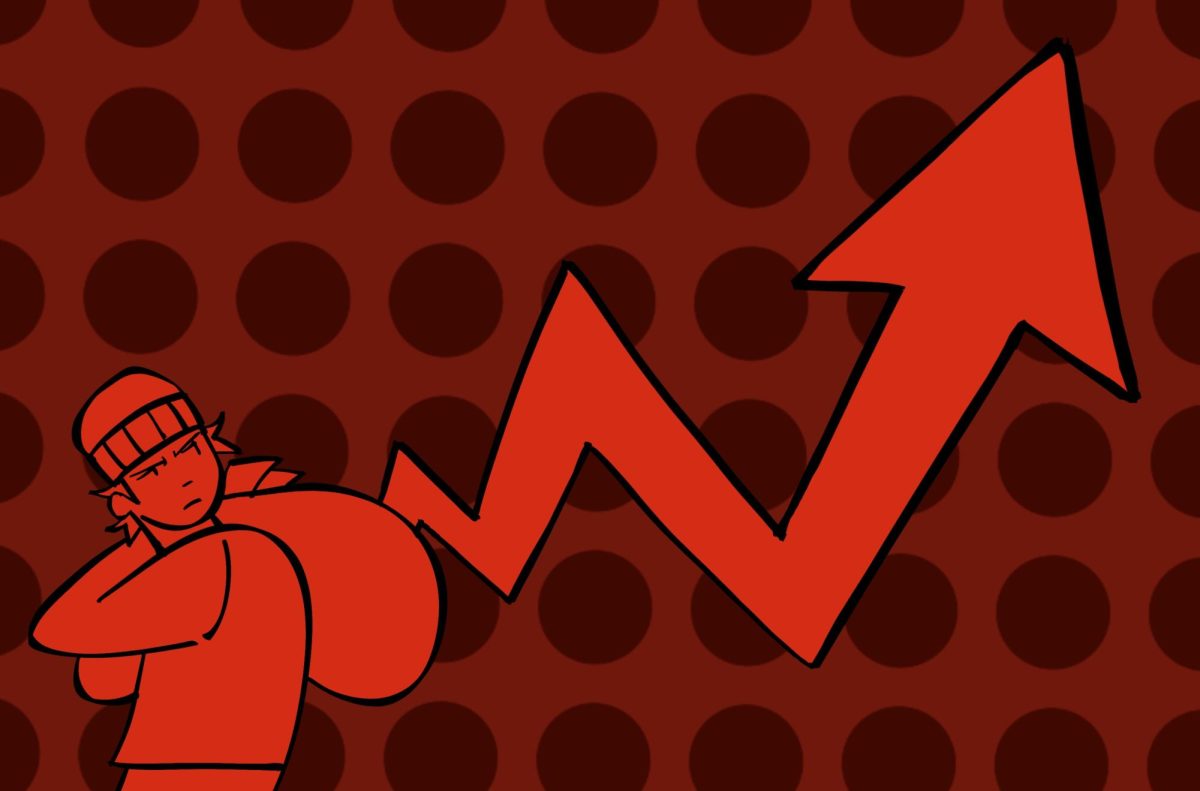This past weekend, people across the globe reaped an extra hour as we set our clocks back at 2:00 a.m. on Sunday morning for the end of Daylight Saving Time.
What did you do with your hour?
For me, daylight savings timed passed almost without notice. With most cell phone clocks automatically resetting on Saturday night, many of us probably enjoyed an extra hour of sleep without noticing the difference until a discrepant microwave clock caught our attention.
That one hour, however, might have more of an impact than most people realize.
Recent studies show that the time change can have a significant effect on our daily lives. According to Discovery News, “springing forward” every March throws off Circadian rhythms, and it’s not clear whether people are able to adjust even several weeks or months later.
For those who think that a thrown Circadian rhythm is nothing to worry about, consider this: the lack of sleep and immune stress caused by losing an hour of sleep in the spring has been associated with a 10 percent increase in heart attack cases on the Monday and Tuesday following Daylight Saving weekend, according to research conducted at the University of Alabama. Car accidents and on-the-job injuries have been shown to increase as well. So next time you have to set your clock back, make sure you plan accordingly and make time for a nap on Sunday afternoon.
Every year as Daylight Saving Time comes and goes I wonder where it came from and why we keep it up in a world so reliant on electricity that we can function at all hours of the night. On CNN, a list of fast facts about Daylight Savings help fill in the story. In the United States, Daylight Saving Time goes far back to the days of the Founding Fathers. The original idea of daylight saving is credited to Benjamin Franklin, who wrote an essay about the idea as an attempt to economize candle use by taking advantage of early morning sunlight.
Although the idea is credited to Franklin, Daylight Saving Time was not officially implemented until 1914, when Britain took advantage of the idea during World War I. Many countries followed suit, but use of the time change ended with the first world war and wasn’t officially picked up again until 1966.
Today, about 70 countries observe Daylight Saving Time, according to CNN. Some countries near the equator, as well as China and Japan, do not adjust for Daylight Saving Time.
Many people wonder if Daylight Saving Time is a tradition worth continuing. But whether you’re for or against the theory of changing our clocks twice a year, at least this time around we gained an extra hour. Hopefully you made the most of it.











